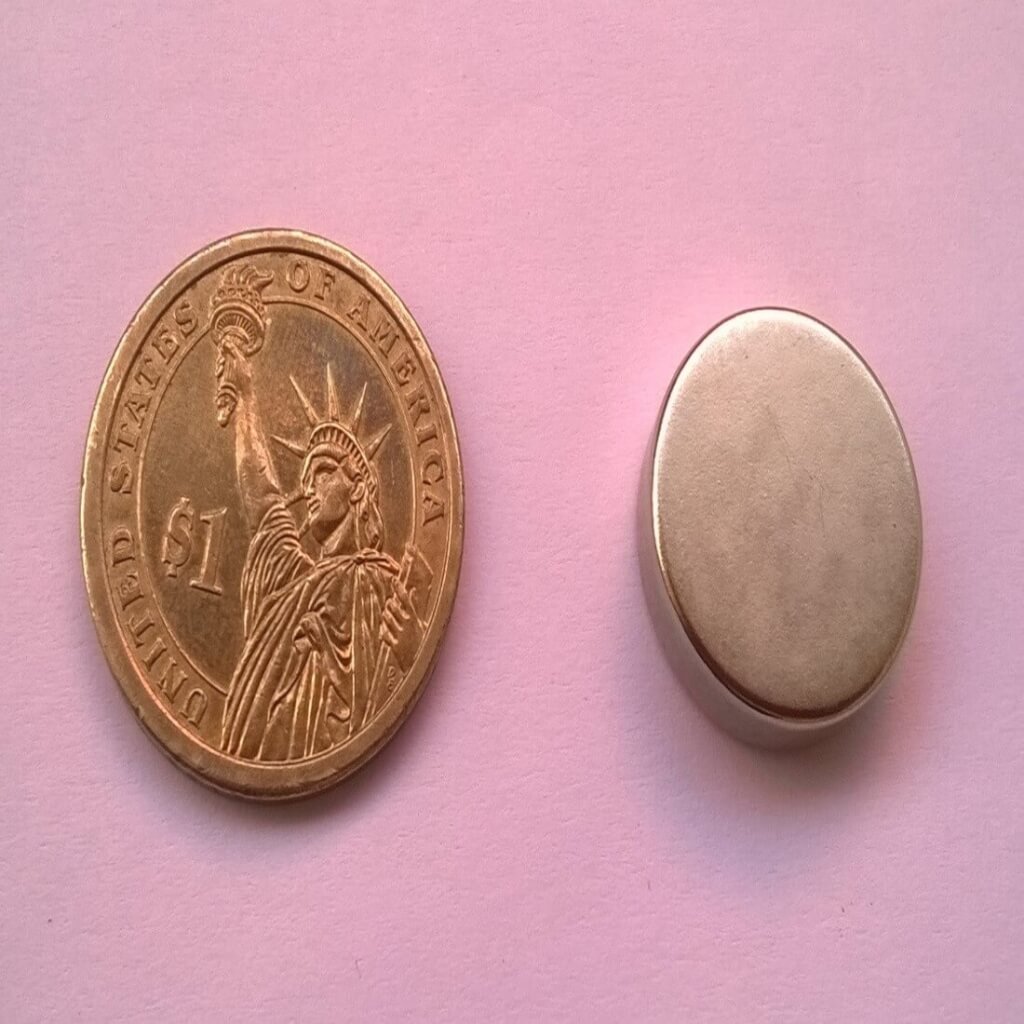
“We need rare earth elements … to help us with the transition to a climate-safe future,” says Michele Bustamante, a sustainability researcher at the Natural Resources Defense Council in Washington, D.C. Processing the raw ore into a form useful to make magnets and other tech is a lengthy effort that takes large amounts of water and potentially toxic chemicals, and produces voluminous waste. When poorly regulated, mining can produce wastewater ponds filled with acids, heavy metals and radioactive material that might leak into groundwater. Rare earths are mined by digging vast open pits in the ground, which can contaminate the environment and disrupt ecosystems. As a result, the rare earth mining industry is wrestling with a legacy of environmental problems. And the ore alone is worth relatively little without the complex, often environmentally hazardous processing involved in converting the ore into a usable form, says Julie Klinger, a geographer at the University of Delaware in Newark. Rare earths are not actually rare on Earth, but they tend to be scattered throughout the crust at low concentrations.

sources of rare earth elements, President Joe Biden’s administration stated in February 2021, is a matter of national security. These elements are the building blocks of small, superefficient permanent magnets that keep smartphones buzzing, wind turbines spinning, electric vehicles zooming and more.
#Neodymium magnet plus
Rare earths are now integral to the manufacture of many carbon-neutral technologies - plus a whole host of tools that move the modern world. The green-tech revolution of the 21st century brought new attention to Mountain Pass, which later reopened and remains the only U.S.
#Neodymium magnet series
And a series of toxic waste spills at Mountain Pass brought production at the struggling mine to a halt in 2002.īut that wasn’t the end of the story. By the late 1980s, China was intensively mining its own rare earths - and selling them at lower prices.

During the mid-20th century, rare earth elements were becoming useful in a variety of ways: Cerium, for example, was the basis for a glass-polishing powder and europium lent luminescence to recently invented color television screens and fluorescent lamps.įor the next few decades, the site, later dubbed Mountain Pass mine, was the world’s top source for rare earth elements, until two pressures became too much. The company was interested in mining the rare earths.

Traces of radioactive thorium, also in the ore, had set the Geiger counters pinging.Īs disappointing as that must have been, the bastnaesite still held value, and the prospectors sold their claim to the Molybdenum Corporation of America, later called Molycorp. But instead of uranium, the brownish-red stuff turned out to be bastnaesite, a mineral bearing fluorine, carbon and 17 curious elements known collectively as rare earths. Their instruments detected intense radioactivity in brownish-red veins of ore exposed in a rocky outcrop within California’s Clark Mountain Range. After weeks of searching, the trio hit what they thought was pay dirt.


 0 kommentar(er)
0 kommentar(er)
